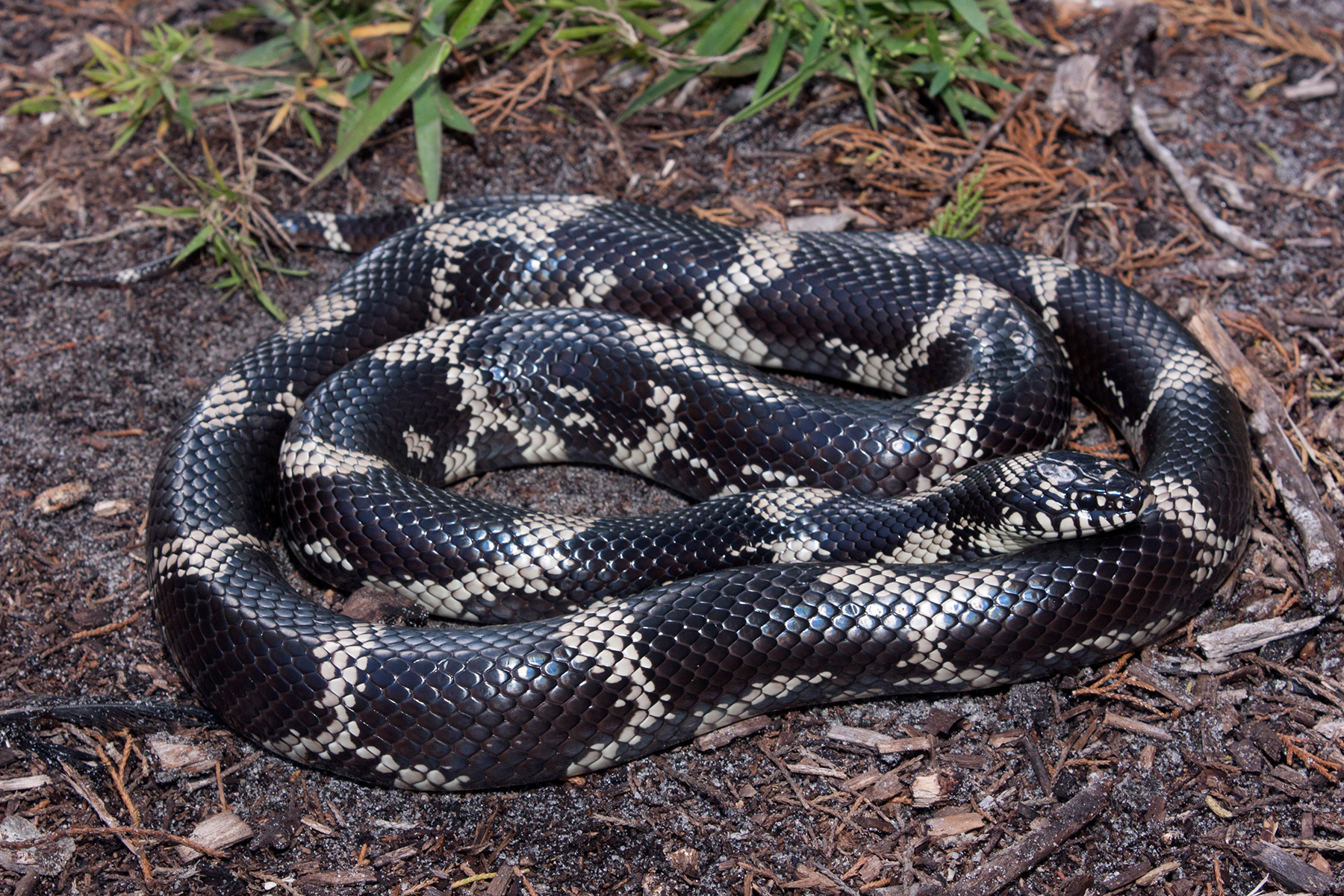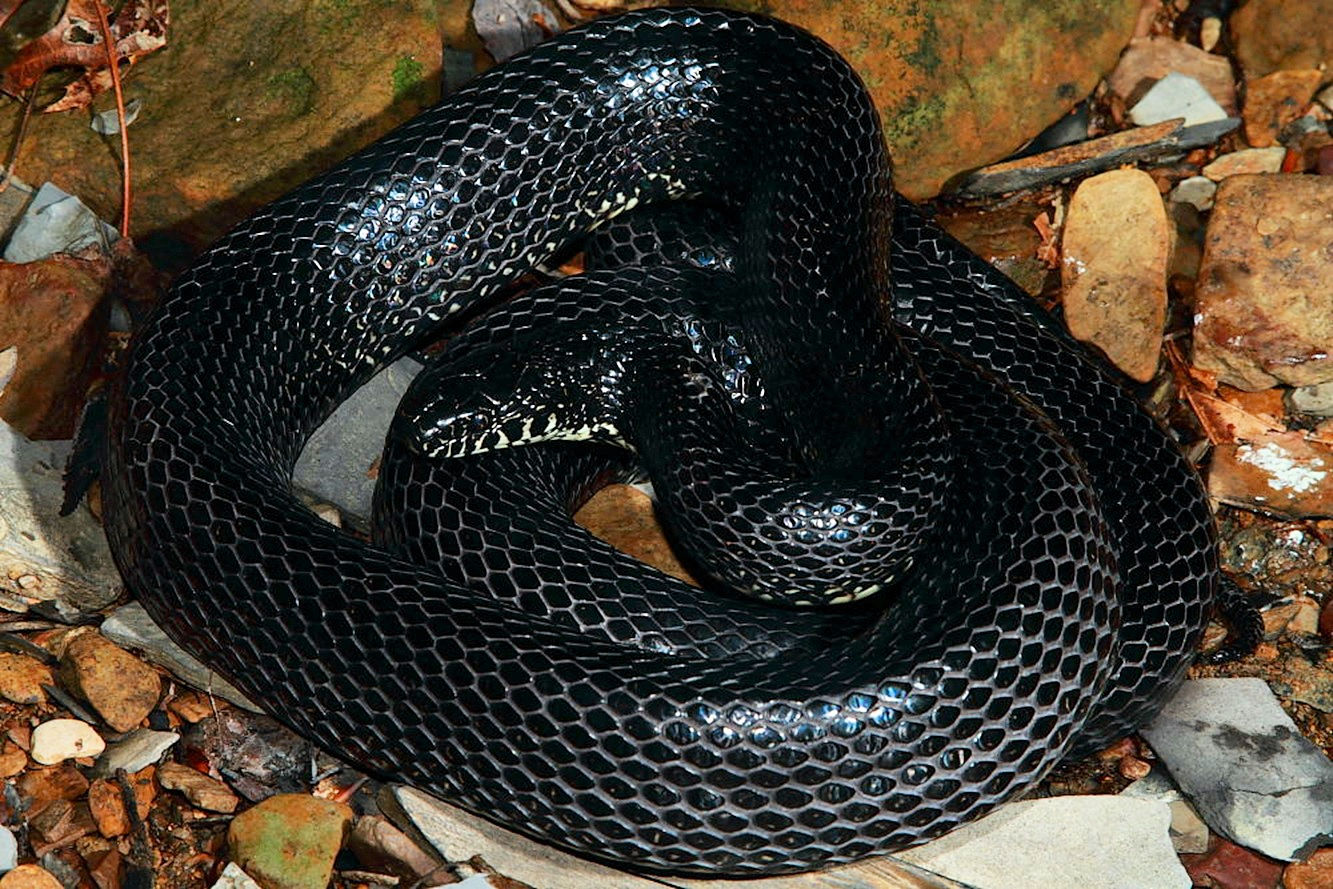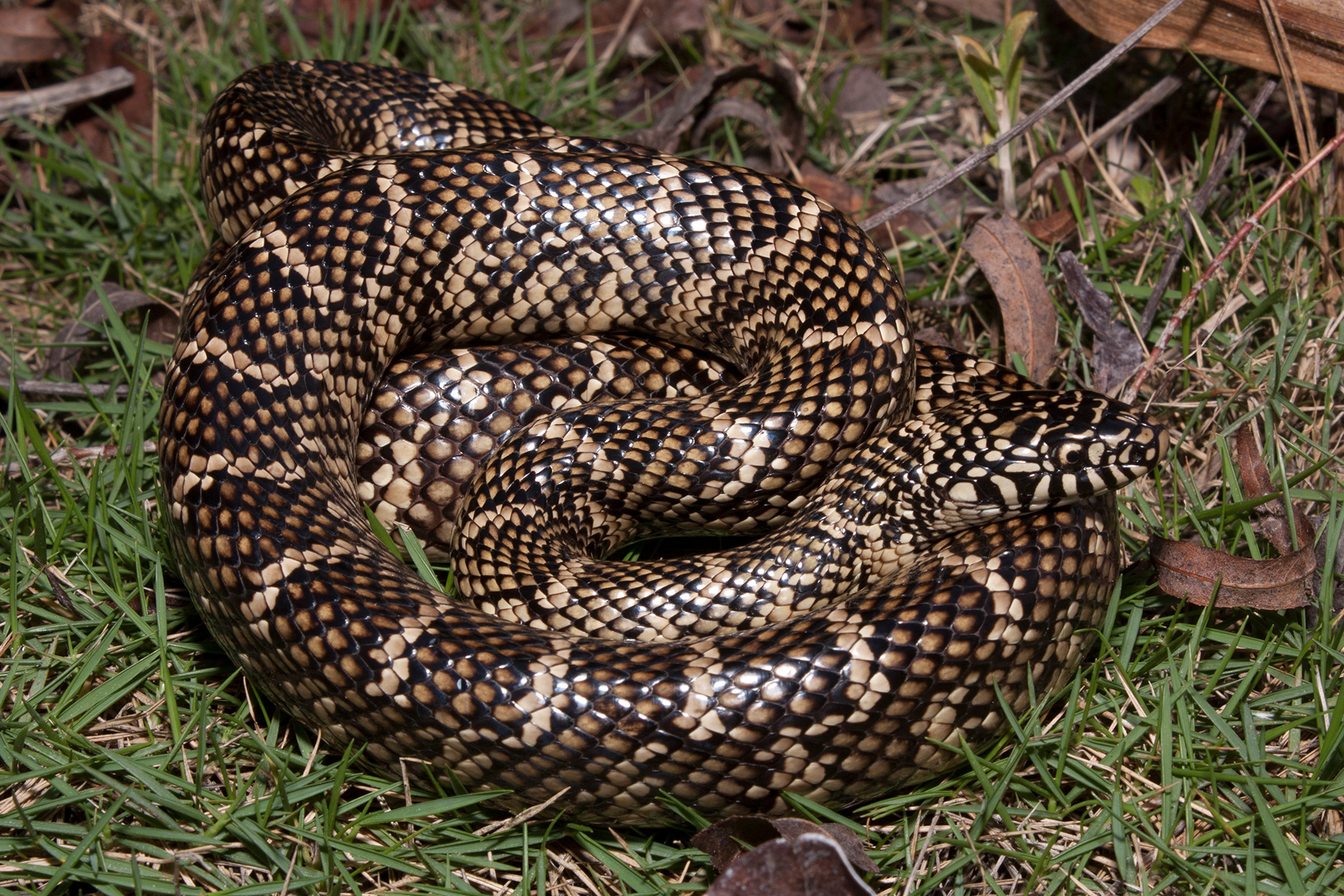Unveiling The King Snake: A Nonvenomous Marvel Of The Reptile World
Among the diverse and often misunderstood world of reptiles, the king snake stands out as a truly fascinating creature. Renowned for its striking patterns, docile nature, and an extraordinary diet, this nonvenomous serpent has captivated both professional herpetologists and amateur enthusiasts alike. From their unique ability to consume other snakes, including highly venomous species, to their widespread presence across the Americas, king snakes embody a remarkable blend of ecological significance and captivating charm.
Belonging to the genus Lampropeltis, these new-world colubrids are more than just beautiful reptiles; they are vital components of their ecosystems, playing a crucial role in controlling populations of various prey animals. Whether you're a seasoned reptile keeper, a nature enthusiast, or simply curious about the natural world, understanding the intricacies of the king snake offers a window into the wonders of reptilian adaptation and survival. This comprehensive guide will delve into every aspect of these magnificent creatures, from their physical characteristics and natural habitats to their unique behaviors and what makes them such popular pets.
Table of Contents:
- What Exactly is a King Snake?
- The Remarkable Diet of King Snakes: Ophiophagy Explained
- Diverse Dwellers: King Snake Distribution and Habitat
- Physical Characteristics and Identifying a King Snake
- A Closer Look at Prominent King Snake Species
- Life Cycle of a King Snake: Reproduction and Lifespan
- King Snakes as Pets: A Comprehensive Care Guide
- Conservation Status and Ecological Significance
What Exactly is a King Snake?
Kingsnakes are colubrid new world members of the genus Lampropeltis. This fascinating genus includes 26 distinct species, and among these, about 45 subspecies are recognized, showcasing an incredible diversity in appearance, size, and habitat preferences. What unites them, however, are several key characteristics that make them stand out in the reptilian world.
Firstly, and perhaps most importantly for human interaction, all king snakes are nonvenomous. This means they pose no threat of venomous bite to humans, making them generally safe to observe in the wild (from a respectful distance, of course) and highly sought-after as pets. Their primary method of subduing prey is constriction, much like boas and pythons, but they belong to the Colubridae family, which is the largest family of snakes.
Adult king snakes generally range in length from 1 to 1.5 meters (approximately 3.3 to 5 feet). However, some rare specimens, particularly of the Common Kingsnake, can reach impressive lengths of up to 6 feet (180 cm). Their slender yet muscular bodies are adapted for their active hunting lifestyle. Understanding their physical characteristics, distribution, and unique behaviors is key to appreciating these remarkable reptiles.
The Remarkable Diet of King Snakes: Ophiophagy Explained
One of the most defining and intriguing aspects of the king snake's biology is its diet. They are famously ophiophagous, meaning they primarily feed on other snakes. This isn't just limited to nonvenomous species; king snakes have a remarkable immunity to the venom of many venomous snakes native to their habitats, allowing them to prey on creatures like rattlesnakes and copperheads. This unique adaptation is what truly earns them the "king" in their name, as they are often considered the apex predators within their snake communities.
Discover how these nonvenomous snakes can eat venomous ones: their immunity is believed to be due to specific proteins in their blood that neutralize the toxins. After constricting their venomous prey, they consume it headfirst, a testament to their incredible predatory prowess. This diet plays a crucial ecological role, helping to regulate populations of other snake species, including those that might be considered pests or dangerous to humans.
Beyond snakes, their diet can also include rodents, birds, lizards, and even amphibians, especially when other snakes are scarce. This adaptability in their diet contributes to their success in various habitats across North and Central America. Their ability to consume a wide range of prey makes them incredibly resilient and important contributors to their local ecosystems.
Diverse Dwellers: King Snake Distribution and Habitat
Kingsnakes, as new world colubrid snakes, primarily inhabit North and Central America. Their extensive range encompasses a wide variety of climates and environments, from arid deserts to lush forests and grasslands. You can find them across the United States and Mexico, with specific species adapted to particular regions.
For instance, the Eastern Kingsnake (Lampropeltis getula) is a harmless colubrid snake native to the United States and Mexico, thriving in diverse habitats from coastal plains to mountainous regions. In Arizona, the Common Kingsnake (a subspecies of Lampropeltis getula) can be found in various environments, from desert scrub to riparian areas. California is home to several king snake species, each with its preferred habitat, diet, and family life patterns.
Their adaptability to different habitats is one of the reasons for their widespread distribution. They can be found hiding under rocks, logs, and debris, or sometimes basking in the sun. Understanding their distribution, habitat, lifespan, predators, and reproduction is crucial for appreciating their ecological significance and for anyone considering their care as pets.
Physical Characteristics and Identifying a King Snake
King snakes encompass a wide variety of sizes and color variations, making them one of the most visually diverse groups of snakes. Their appearance can vary dramatically between species and even subspecies, but generally, they are long, slender snakes with smooth scales and vibrant patterns. These patterns often consist of bands, rings, or blotches of contrasting colors, such as black, white, red, and yellow.
Some notable color mutations or variations exist within captive breeding. For example, "anery" refers to a mostly red snake that lacks red pigment, resulting in more muted or grayscale patterns. Similarly, "axanthic" refers to a mostly yellow snake that lacks yellow pigment. These genetic variations contribute to the incredible aesthetic appeal of king snakes, particularly for collectors and breeders. Since snakes like tricolors and other highly patterned varieties are popular, understanding these genetic traits is key for enthusiasts.
Mimicry: The King Snake's Clever Disguise
One of the most fascinating aspects of king snake appearance is their mimicry of venomous coral snakes. Learn about 18 types of kingsnakes, nonvenomous snakes that mimic venomous coral snakes. This remarkable evolutionary adaptation, known as Batesian mimicry, allows the harmless king snake to deter potential predators by imitating the warning coloration of a dangerous, venomous species.
To tell them apart from coral snakes, remember the rhyme: "Red on yellow, kill a fellow; red on black, venom lack." Coral snakes typically have red bands touching yellow bands, while many king snakes (especially the Scarlet Kingsnake, a mimic) have red bands touching black bands. However, this rhyme is primarily applicable to North American species and can have exceptions, so always exercise caution and observe from a distance if unsure. Seeing their photos, habitats, and diets can further help in distinguishing them.
A Closer Look at Prominent King Snake Species
With 26 species and 45 subspecies, the diversity within the king snake genus is immense. Each species and subspecies has its unique identifying characteristics, habitats, diets, and conservation status. While it's impossible to cover all of them in detail, let's find out the differences between six species of king snake, their appearance, and delve into a couple of the most well-known and popular ones.
The Eastern Kingsnake: A Collector's Favorite
The Eastern Kingsnake (Lampropeltis getula) is a prime example of the genus's appeal. It is a harmless colubrid snake native to the United States and Mexico and has long been a favorite among collectors due to its striking appearance and relatively docile temperament. It boasts nine recognized subspecies, each with slight variations in pattern and color.
Learn about their size, distribution, behavior, reproduction, and ecological significance. Typically, Eastern Kingsnakes exhibit a pattern of black or dark brown bands interspersed with lighter bands or chains of yellow or white. Their robust nature and adaptability have contributed to their popularity both in the wild and in captivity.
Common Kingsnake: An Iconic Species
Meet the Common Kingsnake (also Lampropeltis getula), which shares its species name with the Eastern Kingsnake but often refers to the more widely distributed and variable subspecies. These snakes are incredibly adaptable, found in a wide range of habitats across North America. A long, slender, harmless snake, the Common Kingsnake reaches lengths of approximately 3¼ feet (100 cm) in Arizona, although rare specimens can reach 6 feet (180 cm).
Their appearance, diet, habitat, range, lifespan, breeding, and behavior are well-documented, making them a well-understood and accessible species for study and pet ownership. Their patterns can vary from banded to striped, or even solid colors, depending on the subspecies and geographical location. This variability adds to their intrigue and makes identifying specific subspecies a rewarding challenge for enthusiasts.
Life Cycle of a King Snake: Reproduction and Lifespan
The life cycle of a king snake is typical of many oviparous (egg-laying) snake species. Reproduction generally occurs in the spring after a period of brumation (a reptile's equivalent of hibernation). Females lay clutches of eggs, typically ranging from 3 to 24 eggs, in hidden, moist locations such as under logs, rocks, or in decaying vegetation. The incubation period usually lasts around 60-90 days, after which the hatchlings emerge, miniature versions of their parents, ready to fend for themselves.
In the wild, the lifespan of a king snake can vary significantly due to factors like predation, disease, and food availability, but they typically live for 10-15 years. In captivity, with proper care and protection from predators, king snakes can live considerably longer, often reaching 15-20 years, and some individuals even exceeding 20 years. Their predators in the wild include birds of prey, larger mammals, and even other snakes (though less commonly for adults due to their own predatory nature).
King Snakes as Pets: A Comprehensive Care Guide
Learn about the king snake, a harmless colubrid species endemic to the United States and Mexico, and find out how to adopt one from reputable sources like Reptilia Zoo or other specialized breeders. Their docile temperament, manageable size, and relatively straightforward care requirements make them an excellent choice for both beginner and experienced reptile keepers. Learn 14 interesting facts about kingsnakes, a common and harmless snake species that can eat other snakes, including venomous ones, and find out how to care for them as pets, what they look like, and more.
Essential Elements of King Snake Care
Caring for a king snake involves providing a suitable environment that mimics their natural habitat as closely as possible.
- Enclosure: A secure enclosure with a tight-fitting lid is paramount to prevent escapes. A 20-gallon long tank is suitable for a juvenile, while adults will require a 40-gallon breeder tank or larger, depending on their size. Provide plenty of hides, branches for climbing, and a water dish large enough for soaking.
- Temperature and Humidity: Maintain a temperature gradient with a warm side (around 85-90°F or 29-32°C) and a cooler side (70-75°F or 21-24°C). A heat mat or ceramic heat emitter connected to a thermostat is ideal. Humidity levels should be moderate, typically between 40-60%, which can be maintained with a proper substrate and a water dish.
- Substrate: Substrates like aspen shavings, cypress mulch, or coco fiber are suitable. Avoid cedar or pine, as their oils can be harmful.
- Diet: As mentioned, king snakes are primarily carnivorous. In captivity, they thrive on a diet of appropriately sized rodents (mice or rats), typically fed once a week for juveniles and every 10-14 days for adults. Always feed pre-killed, thawed rodents to prevent injury to your snake.
- Handling: King snakes are generally tolerant of handling, but it's important to be gentle and avoid excessive handling, especially after feeding. Regular, gentle handling can help them become accustomed to human interaction.
Engaging with the King Snake Community
The reptile and amphibian hobby is vast and supportive. Websites like kingsnake.com offer an information portal for reptile and amphibian hobbyists, providing classifieds, forums, photo galleries, events, business listings, and much more for various species. Here you may post messages or questions pertaining to all aspects and issues regarding the keeping, breeding, health, and conservation of all rat snakes and king snakes. Engaging with these communities can provide invaluable advice, support, and resources for both new and experienced keepers. Here you may share and discuss information with others about your favorite reptile and learn from collective experiences.
Conservation Status and Ecological Significance
The conservation status of king snake species varies. Many are widespread and stable, listed as "Least Concern" by the IUCN. However, some localized subspecies may face threats due to habitat loss, fragmentation, and human persecution. Understanding their identifying characteristics, habitats, diets, and conservation status is vital for protecting these incredible creatures.
Ecologically, king snakes play a significant role in maintaining the balance of their ecosystems. By preying on rodents, they help control agricultural pests, and by consuming other snakes, including venomous ones, they contribute to the health and diversity of snake populations. Their presence is often an indicator of a healthy ecosystem. Supporting conservation efforts and promoting responsible pet ownership are key to ensuring the continued survival of these magnificent reptiles in the wild.
In conclusion, the king snake is a truly remarkable animal, embodying strength, adaptability, and beauty. From its unique ophiophagous diet and impressive mimicry to its widespread distribution and popularity as a pet, every aspect of this nonvenomous colubrid is worth exploring. We've journeyed through their diverse species, delved into their life cycles, and provided insights into their care, highlighting why they are such a cherished part of the reptile world.
Whether you're observing them in their natural habitat or caring for one in your home, the king snake offers endless opportunities for fascination and learning. If you found this article insightful, consider sharing it with fellow reptile enthusiasts or leaving a comment below with your own experiences or questions about these regal serpents. For more in-depth discussions and community engagement, don't hesitate to explore dedicated reptile forums and resources.

Black King Snake White Belly

African King Snake

Black King Snake White Belly